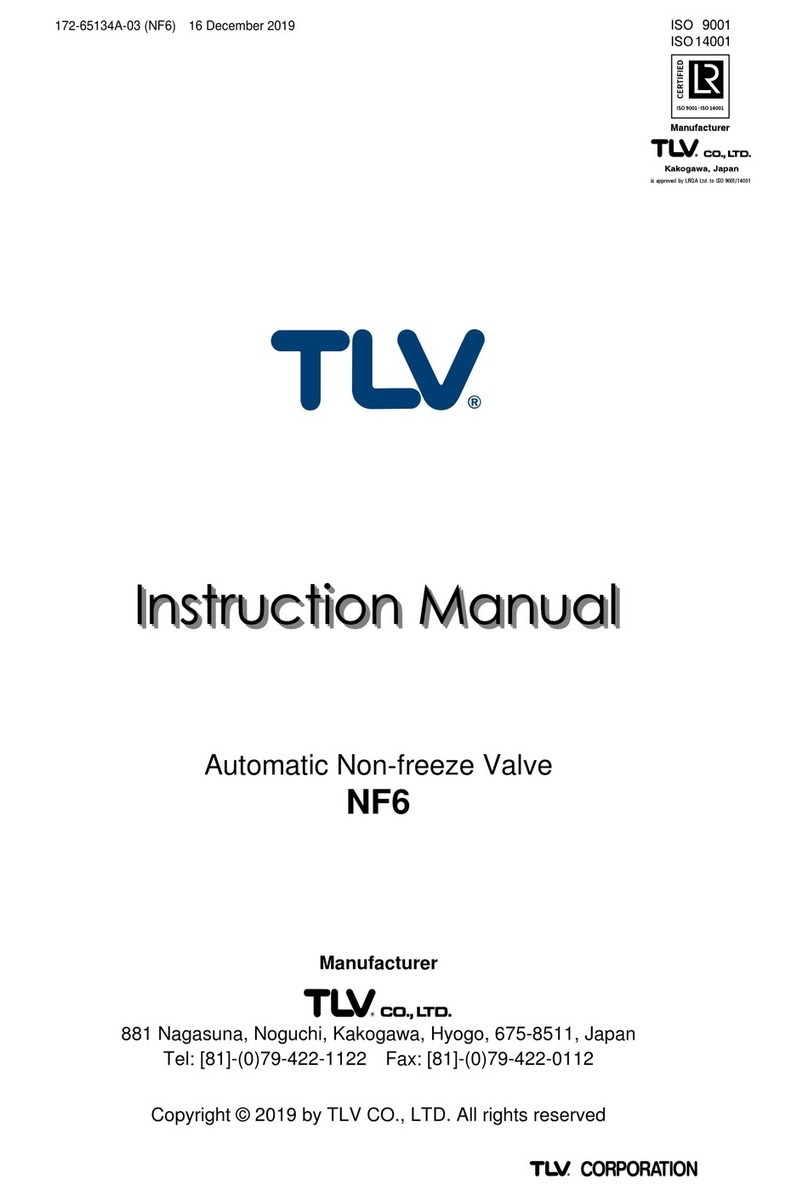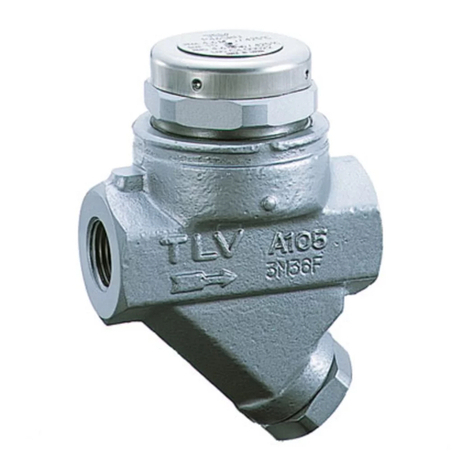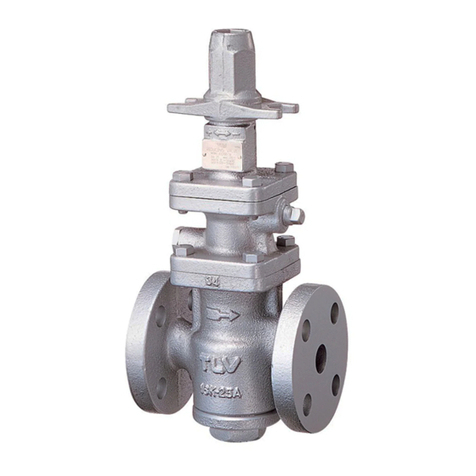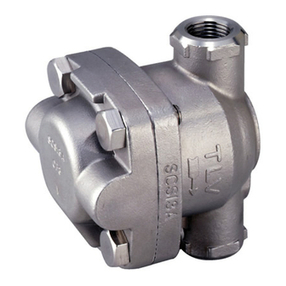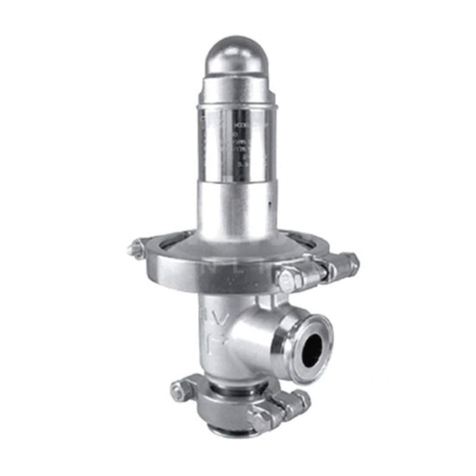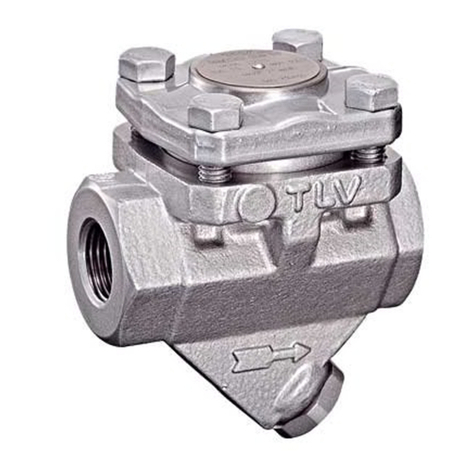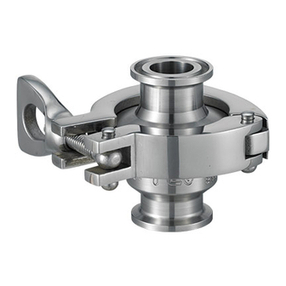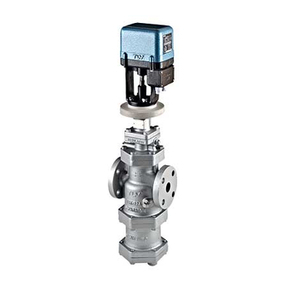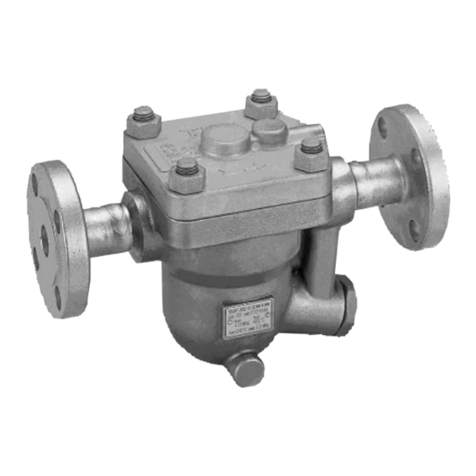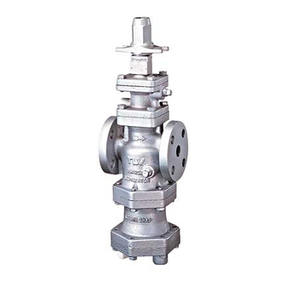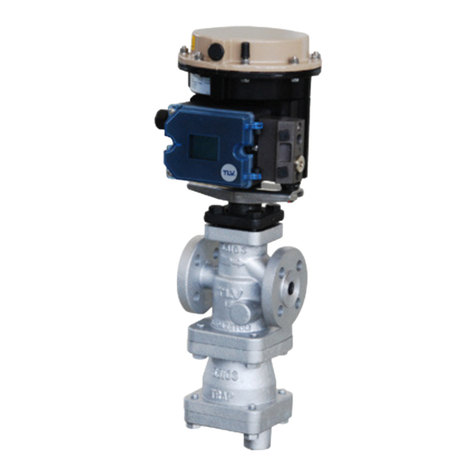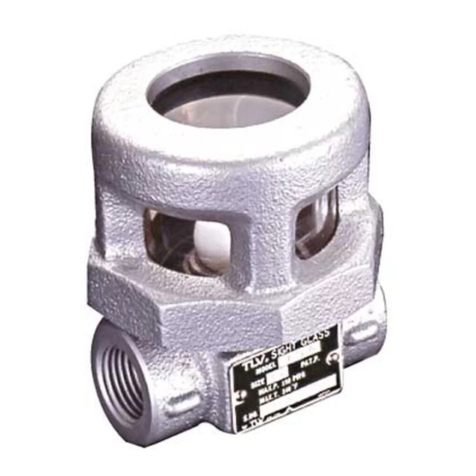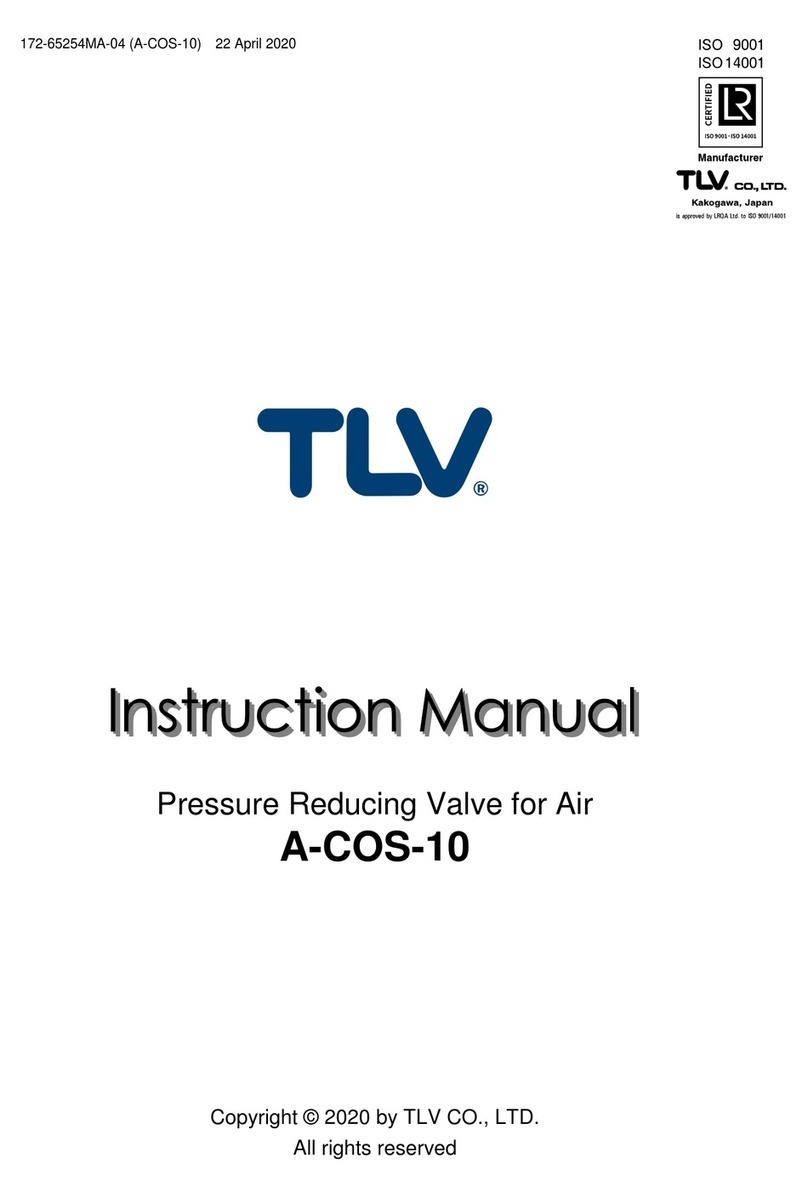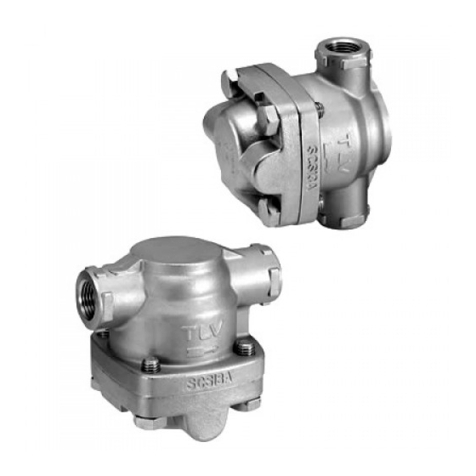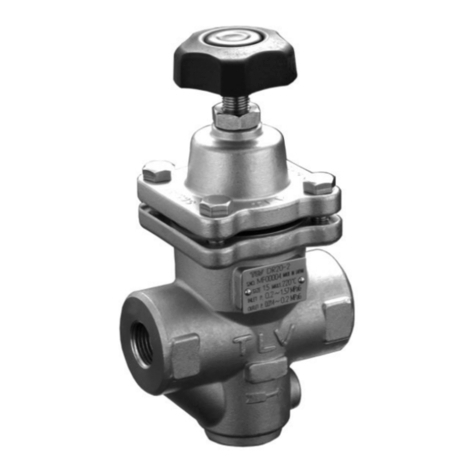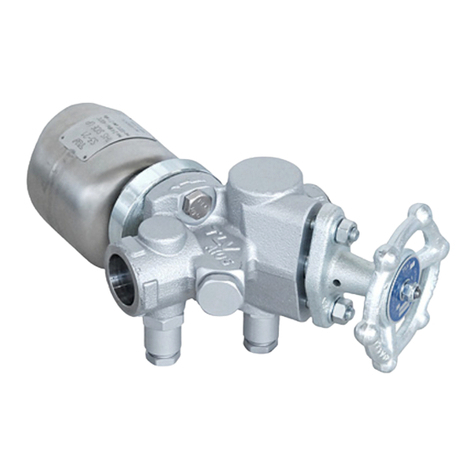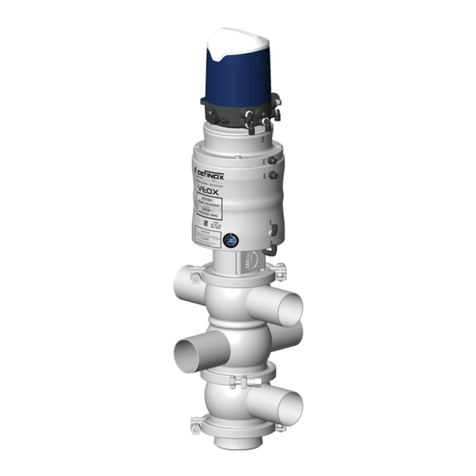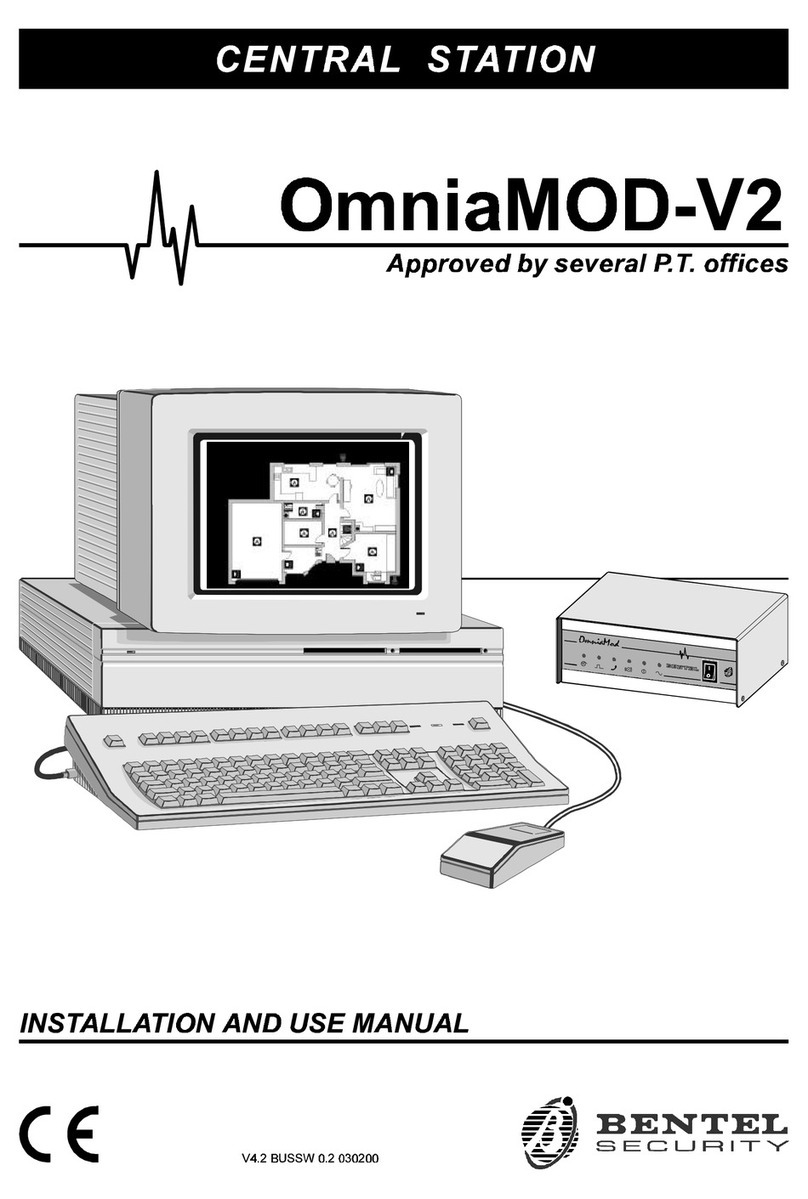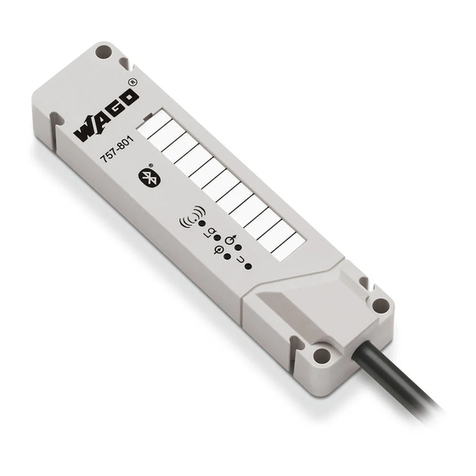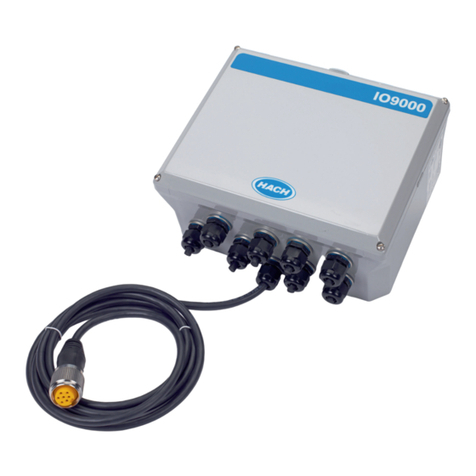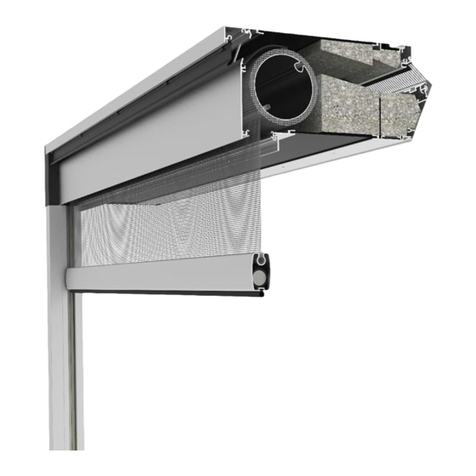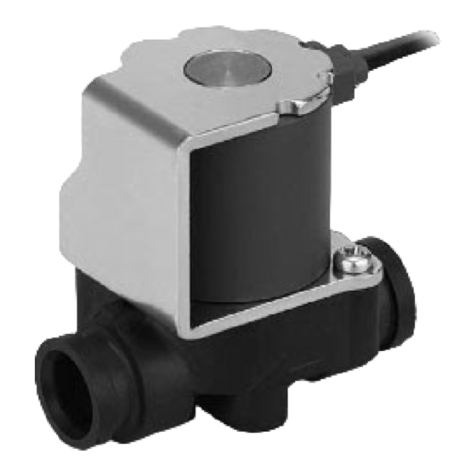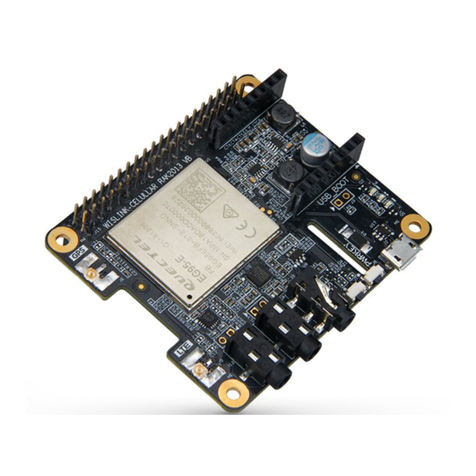TLV JA3D User manual

172-65192MA-02 (JA3D) 27 January 2009
Free Float Air Trap
JA3D
Copyright © 2009 by TLV CO., LTD.
All rights reserved
ISO 9001/ ISO 14001
Manufacturer
Kakogawa, Japan
is approved by LRQA LTD. to ISO 9001/14001

172-65192MA-02 (JA3D) 27 Jan 2009
1
Contents
Introduction ........................................................................ 1
Safety Considerations........................................................ 2
Checking the Piping........................................................... 4
Specifications..................................................................... 5
Configuration...................................................................... 5
Installation.......................................................................... 6
The Need for a Pressure-balancing Line ........................... 7
Maintenance....................................................................... 8
Disassembly / Reassembly................................................ 9
Troubleshooting ............................................................... 10
Product Warranty............................................................. 11
Introduction
Thank you for purchasing the free float air trap.
This product has been thoroughly inspected before being shipped from the
factory. When the product is delivered, before doing anything else, check the
specifications and external appearance to make sure nothing is out of the
ordinary. Also be sure to read this manual carefully before use and follow the
instructions to be sure of using the product properly.
free float air trap model JA3D is used to automatically discharge oil and
water that accumulates in compressed air receiver tanks or in piping.
If detailed instructions for special order specifications or options not contained
in this manual are required, please contact for full details.
This instruction manual is intended for use with the model(s) listed on the front
cover. It is necessary not only for installation, but for subsequent
maintenance, disassembly/reassembly and troubleshooting. Please keep it in
a safe place for future reference.

172-65192MA-02 (JA3D) 27 Jan 2009
2
Safety Considerations
• Read this section carefully before use and be sure to follow the
instructions.
• Installation, inspection, maintenance, repairs, disassembly, adjustment
and valve opening/closing should be carried out only by trained
maintenance personnel.
• The precautions listed in this manual are designed to ensure safety and
prevent equipment damage and personal injury. For situations that may
occur as a result of erroneous handling, three different types of cautionary
items are used to indicate the degree of urgency and the scale of potential
damage and danger: DANGER, WARNING and CAUTION.
• The three types of cautionary items above are very important for safety: be
sure to observe all of them as they relate to installation, use, maintenance
and repair. Furthermore, TLV accepts no responsibility for any accidents or
damage occurring as a result of failure to observe these precautions.
Symbols
Indicates a DANGER, WARNING or CAUTION item.
DANGE
R
Indicates an urgent situation which poses a threat of death or
serious injury
WARNING Indicates that there is a potential threat of death or serious injury
CAUTION Indicates that there is a possibility of injury or equipment /
product damage
WARNING NEVER apply direct heat to the float.
The float may explode due to increased internal pressure, causing
accidents leading to serious injury or damage to property and
equipment.
Install properly and DO NOT use this product outside the
recommended operating pressure, temperature and other
specification ranges.
Improper use may result in such hazards as damage to the product
or malfunctions that may lead to serious accidents. Local regulations
may restrict the use of this product to below the conditions quoted.
CAUTION
DO NOT use this product in excess of the maximum operating
pressure differential.
Such use could make discharge impossible (blocked).
Take measures to prevent people from coming into direct
contact with product outlets.
Failure to do so may result in burns or other injury from the
discharge of fluids. Safety considerations continued on next page.

172-65192MA-02 (JA3D) 27 Jan 2009
3
CAUTION When disassembling or removing the product, wait until the
internal pressure equals atmospheric pressure and the surface
of the product has cooled to room temperature.
Disassembling or removing the product when it is hot or under
pressure may lead to discharge of fluids, causing burns, other
injuries or damage.
Be sure to use only the recommended components when
repairing the product, and NEVER attempt to modify the
product in any way.
Failure to observe these precautions may result in damage to the
product and burns or other injury due to malfunction or the
discharge of fluids.
Do not use excessive force when connecting threaded pipes to
the product.
Over-tightening may cause breakage leading to fluid discharge,
which may cause burns or other injury.
Use only under conditions in which no freeze-up will occur.
Freezing may damage the product, leading to fluid discharge, which
may cause burns or other injury.
Use only under conditions in which no water hammer will
occur.
The impact of water hammer may damage the product, leading to
fluid discharge, which may cause burns or other injury.

172-65192MA-02 (JA3D) 27 Jan 2009
4
Checking the Piping
Use only under conditions in which no water hammer will occur. The
impact of water hammer may damage the product, leading to fluid
discharge, which may cause burns or other injury.
CAUTION
Check to make sure that the pipes to be connected to the trap have been
installed properly.
1. Is the pipe diameter suitable?
2. Is the piping where the trap is to be installed horizontal?
3. Has sufficient space been secured for maintenance?
4. Have isolation valves been installed at the inlet and outlet? If the outlet is
subject to back pressure, has a check valve (TLV-CK) been installed?
5. Is the inlet pipe as short as possible, with as few bends as possible, and
installed so the liquid will flow naturally down into the trap?
6. Has the piping work been done correctly, as shown in the figures below?
Requirement Correct Incorrect
Install catchpot with the
proper diameter.
Diameter is too small.
Make sure the flow of
condensate is not
obstructed.
Diameter is too small and
inlet protrudes into pipe
interior.
To prevent rust and scale
from flowing into the trap,
the inlet pipe should be
connected 25 – 50 mm
(1” – 2”) above the base
of the T-pipe.
Rust and scale flow into the
trap with the condensate.
When installing on the
blind end, make sure the
flow of condensate is not
obstructed.
Condensate collects in the
pipe.

172-65192MA-02 (JA3D) 27 Jan 2009
5
Specifications
Install properly and DO NOT use this product outside the recommended
operating pressure, temperature and other specification ranges.
Improper use may result in such hazards as damage to the product or
malfunctions which may lead to serious accidents. Local regulations
may restrict the use of this product to below the conditions quoted.
CAUTION
DO NOT use this product in excess of the maximum operating pressure
differential; such use could make discharge impossible (blocked).
CAUTION
Use only under conditions in which no freeze-up will occur. Freezing
may damage the product, leading to fluid discharge, which may cause
burns or other injury.
CAUTION
Size
Maximum
Operating
Pressure
PMO
Maximum
Operating
Temperature
TMO
Weight
Maximum
Allowable
Pressure
PMA*
Maximum
Allowable
Temperature
TMA*
Model
mm
(in)
MPaG
(psig)
℃(℉) kg (lb)
MPaG
(psig)
℃(℉)
JA3D 15
(
1
/
2
)
1.6 (230) 100 (212) 0.56 (1.3) 1.6 (230) 100 (212)
(1MPa = 10.197 kg / cm2)
* Maximum allowable pressure (PMA) and maximum allowable temperature (TMA) are PRESSURE
SHELL DESIGN CONDITIONS, NOT OPERATING CONDITIONS.
Configuration
No. Name
1 Body
2 Cover
3 Union Nut
4 Float
5 Screen
6 Cover Gasket
7 Valve Seat Holder
8 Holder Gasket
9 Guard Bushing
10 Coil Spring
11 Plunger O-Ring
12 Snap Ring
13 Plunger

172-65192MA-02 (JA3D) 27 Jan 2009
6
Installation
Install properly and DO NOT use this product outside the recommended
operating pressure, temperature and other specification ranges.
Improper use may result in such hazards as damage to the product or
malfunctions which may lead to serious accidents. Local regulations
may restrict the use of this product to below the conditions quoted.
CAUTION
Take measures to prevent people from coming into direct contact with
product outlets. Failure to do so may result in burns or other injury from
the discharge of fluids.
CAUTION
Do not use excessive force when connecting threaded pipes to the
product. Over-tightening may cause breakage leading to fluid
discharge, which may cause burns or other injury.
CAUTION
Installation, inspection, maintenance, repairs, disassembly, adjustment and valve
opening/closing should be carried out only by trained maintenance personnel.
1. Before installation, be sure to remove all protective seals.
2. Before installing the product, blow out the inlet piping to remove any piping scraps,
dirt and oil. Close the inlet valve after blowdown.
3. Install the product so that the arrow on the body is pointing in the direction of flow.
4. The trap should be inclined no more than 5° horizontally and front-to-back.
5. Install a condensate outlet valve and outlet piping.
6. To insure proper condensate flow into the trap, install a pressure-balancing line.
Connect the end of the pressure-balancing line to the air main or an air space
above any possible condensate accumulation in the system. For more details, see
the section “The Need for a Pressure-balancing Line”.
7. Open the inlet and outlet valves and check to make sure that the product functions
properly.
8. If the installation location is expected to have a very small condensate load, prime
before installation (fill the inside of the body with water). Air may leak if
condensate is not accumulated in the body at a start-up.
If there is a problem, determine the cause using the “Troubleshooting” section in this
manual.

172-65192MA-02 (JA3D) 27 Jan 2009
7
The Need for a Pressure-balancing Line
This air trap is designed to automatically discharge inflowing condensate. However, if
the condensate completely fills the inlet path of the trap, air in the trap body will not
be able to escape, preventing displacement by condensate, and thus preventing
condensate from entering the trap. This phenomena is called air binding. Air binding
occurs more often in piping with long horizontal length, smaller diameters or multiple
bends. To prevent air binding and ensure air can be displaced by incoming
condensate, a pressure-balancing line should be installed between the trap cover
and the dry portion of the receiver tank or piping.
Connect the pressure-balancing line in the follow manner:
Receiver Tank
Pressure-balancing Line
(15 mm (1/2in) )
After Cooler
TLV Ball Butterfly Valve
BB1N
TLV Air Trap
JA3D
Air Outlet
Pressure-balancing Line
(15 mm (1/2in) )
TLV Ball Butterfly Valve
BB1N
TLV Air Trap
JA3D
Compresso
r
Air Inlet

172-65192MA-02 (JA3D) 27 Jan 2009
8
Maintenance
Take measures to prevent people from coming into direct contact with
product outlets. Failure to do so may result in burns or other injury from
the discharge of fluids.
CAUTION
Be sure to use only the recommended components when repairing the
product, and NEVER attempt to modify the product in any way. Failure to
observe these precautions may result in damage to the product or burns
or other injury due to malfunction or the discharge of fluids.
CAUTION
Operational Inspection
A visual inspection of the following items should be done on a daily basis to
determine whether the trap is operating properly or has failed. Periodically (at least
biannually) the operation should also be checked by using diagnostic equipment
such as a stethoscope or thermometer.
Normal: Condensate is discharged continuously and the sound of flow
can be heard. If there is very little condensate, there is almost no
sound of flow.
Blocked:
(Discharge Impossible) No condensate is discharged.
Blowing: Air continually flows from the outlet and there is a continuous
high-pitched sound of flow.
Air Leakage: Air is discharged through the trap outlet together with
condensate, accompanied by a high-pitched sound.
Parts Inspection
When parts have been removed, or during periodic inspections, use the following
table to inspect the parts and replace any that are found to be defective.
Procedure
Gaskets: check for warping or damage
Screen: check for clogging or corrosion
Valve Seat: check for warping or damage
Float: check for scratches or dents
Plunger O-Ring: check for warping or damage
Valve Seat Opening: check for dirt, oil film, wear or scratches

172-65192MA-02 (JA3D) 27 Jan 2009
9
Disassembly / Reassembly
NEVER apply direct heat to the float. The float may explode due to
increased internal pressure, causing accidents leading to serious injury
or damage to property and equipment.
WARNING
When disassembling or removing the product, wait until the internal
pressure equals atmospheric pressure and the surface of the product
has cooled to room temperature. Disassembling or removing the
product when it is hot or under pressure may lead to discharge of fluids,
causing burns, other injuries or damage.
CAUTION
Use the following procedures to remove components. Use the same procedures in
reverse to reassemble. (Installation, inspection, maintenance, repairs, disassembly,
adjustment and valve opening/closing should be carried out only by trained
maintenance personnel.)
Detaching / Reassembling
Part During Disassembly During Reassembly
Union Nut Hold the trap body with one hand
and unscrew the union nut with a
pipe wrench; remove the body
downward
Cover The cover can be left connected
to the piping if enough space is
available to inspect it from below
Hold the trap body against the cover from
below with one hand and hand tighten the
union nut with the other hand: then tighten it
to the proper torque (see torque table below)
Screen Remove the screen from the body Insert the screen into its groove in the rim on
the body
Cover Gasket Remove the gasket Replace only if found to be deformed or
damaged
Float Remove carefully; do not scratch
its surface Carefully insert the float; do not scratch its
surface
Valve Seat Holder Using a hex wrench, remove the
valve seat holder and the valve
seat together Tighten to the proper torque (see torque
table below)
Holder Gasket Remove the holder gasket Replace only if found to be worn or damaged
Valve Seat Remove from valve seat holder Replace only if found to be worn or damaged
Guard Bushing Unscrew by hand Hand tighten guard bushing
Snap Ring Remove with snap ring pliers Reinstall with snap ring pliers
Plunger Pull out from valve seat holder Insert into valve seat holder
Plunger O-Ring Carefully remove plunger O-ring Replace only if found to be deformed or
damaged; coat with heat-resistant grease
Coil Spring Remove from plunger Reinstall onto plunger
Tightening
Torque Dustance Across
Flats
Part Name N⋅m (lbf⋅ft) mm (in)
Union Nut 20 (15) 80 (33/16)
Valve Seat Holder 5 (3.7) 14 (9/16)
Guard Bushing Hand tighten --
1N⋅m ≈10 kg⋅cm

172-65192MA-02 (JA3D) 27 Jan 2009
10
Troubleshooting
NEVER apply direct heat to the float. The float may explode due to
increased internal pressure, causing accidents leading to serious injury
or damage to property and equipment.
WARNING
When disassembling or removing the product, wait until the internal
pressure equals atmospheric pressure and the surface of the product
has cooled to room temperature. Disassembling or removing the
product when it is hot or under pressure may lead to discharge of fluids,
causing burns, other injuries or damage.
CAUTION
If the trap fails to operate properly, use the following table to locate the cause and
remedy.
Problem Cause Remedy
The float is damaged or filled
with condensate Replace with new float
The float is stuck to the body with
oil. Clean parts
The valve seat opening, screen
or piping are clogged with rust
and scale
Clean parts; where available, use
the plunger to clean the valve seat
opening*
The trap operating pressure
exceeds the maximum specified
pressure or there is insufficient
pressure differential between the
trap inlet and outlet
Compare specifications and actual
operating conditions
No condensate is
discharged or
discharge is poor
(blocked)
Air binging has occurred Make sure a pressure-balancing line
is installed; if already installed, make
sure it has not become dislodged or
is not incorrectly installed
Build-up on the seating surface
of the valve seat or rust and
scale build-up beneath the float
Clean parts; where available, use
the plunger to clean the valve seat
opening*
The float is stuck to the body with
oil. Clean parts
Damage to the valve seat Replace with new valve seat
The float is misshapen or has
surface build-up Clean float or replace with new float
Improper installation orientation Correct the installation
Air is discharged
or leaks from the
outlet
(blowing)
(air leakage)
Trap vibration
Lengthen inlet piping and fasten securely
Gasket deterioration or damage Replace with new gasket(s)Air is leaking from
a place other than
the outlet Improper tightening torques were
used Tighten to the proper torque
Float frequently
becomes damaged Water hammer has occurred Study and correct the piping
* These models are equipped with a device that allows the valve to be forcibly opened from
the outside of the trap.
If an oil clog occurs, activate the plunger by pushing it in several times with a fingertip.
The needle forces the float off of the valve seat. This results in the valve opening, which
allows the discharge of any foreign matter or oil, thus remedying the problem.
When the finger is removed from the plunger, the force of the coil spring causes the plunger
to return to its original position.

172-65192MA-02 (JA3D) 27 Jan 2009
11
Product Warranty
1. Warranty Period
One year following product delivery.
2. Warranty Coverage
TLV CO., LTD. warrants this product to the original purchaser to be free
from defective materials and workmanship. Under this warranty, the
product will be repaired or replaced at our option, without charge for parts
or labor.
3. This product warranty will not apply to cosmetic defects, nor to any product
whose exterior has been damaged or defaced; nor does it apply in the
following cases:
1) Malfunctions due to improper installation, use, handling, etc., by other
than TLV CO., LTD. authorized service representatives.
2) Malfunctions due to dirt, scale, rust, etc.
3) Malfunctions due to improper disassembly and reassembly, or
inadequate inspection and maintenance by other than TLV CO., LTD.
authorized service representatives.
4) Malfunctions due to disasters or forces of nature.
5) Accidents or malfunctions due to any other cause beyond the control of
TLV CO., LTD.
4. Under no circumstances will TLV CO., LTD. be liable for consequential
economic loss damage or consequential damage to property.
* * * * * * *
For Service or Technical Assistance:
Contact your representative or your regional office.
Manufacturer
CO., LTD.
881 Nagasuna, Noguchi
Kakogawa, Hyogo 675-8511 JAPAN
Tel: 81-(0)79 - 427 - 1800
Other manuals for JA3D
1
Table of contents
Other TLV Control Unit manuals
Popular Control Unit manuals by other brands
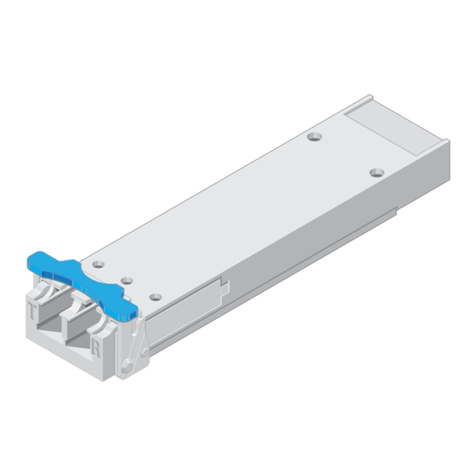
ADTRAN
ADTRAN Job Aid+ Total Access 5000 1442910G1C manual
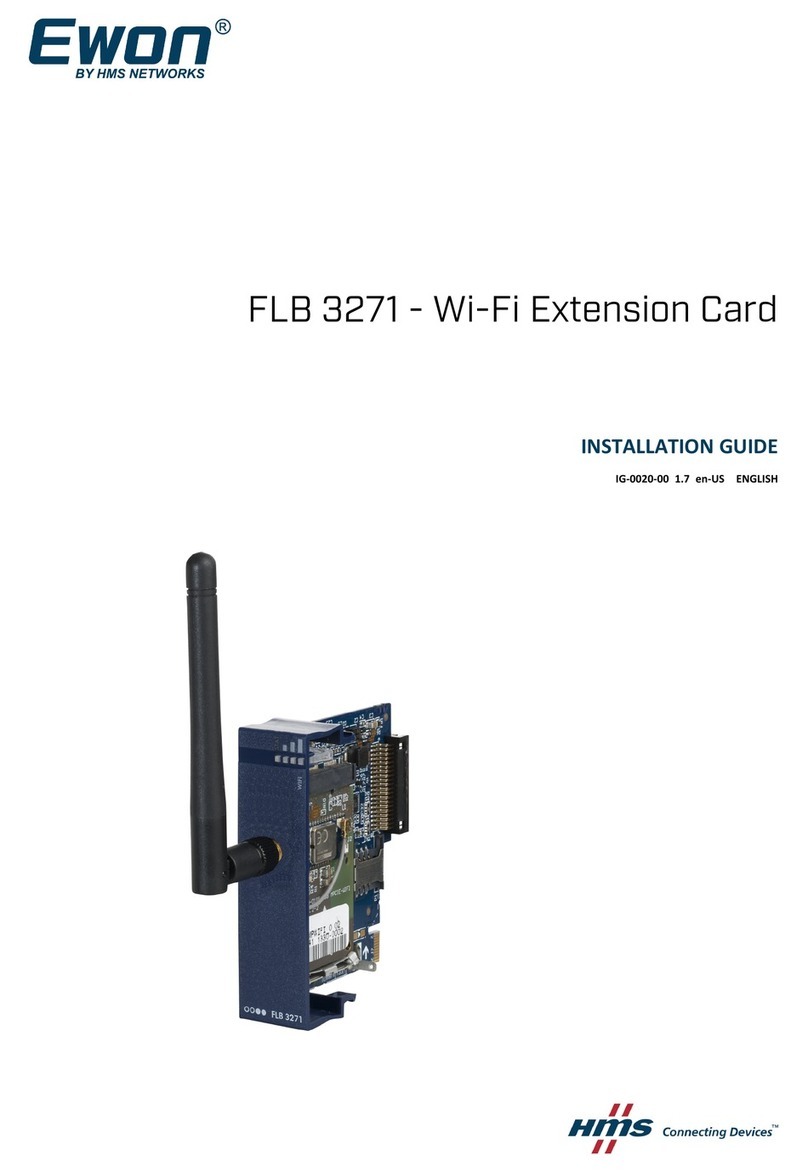
HMS Networks
HMS Networks Ewon Flexy Series installation guide

Bartec
Bartec PBTC-300 Operation and installation manual
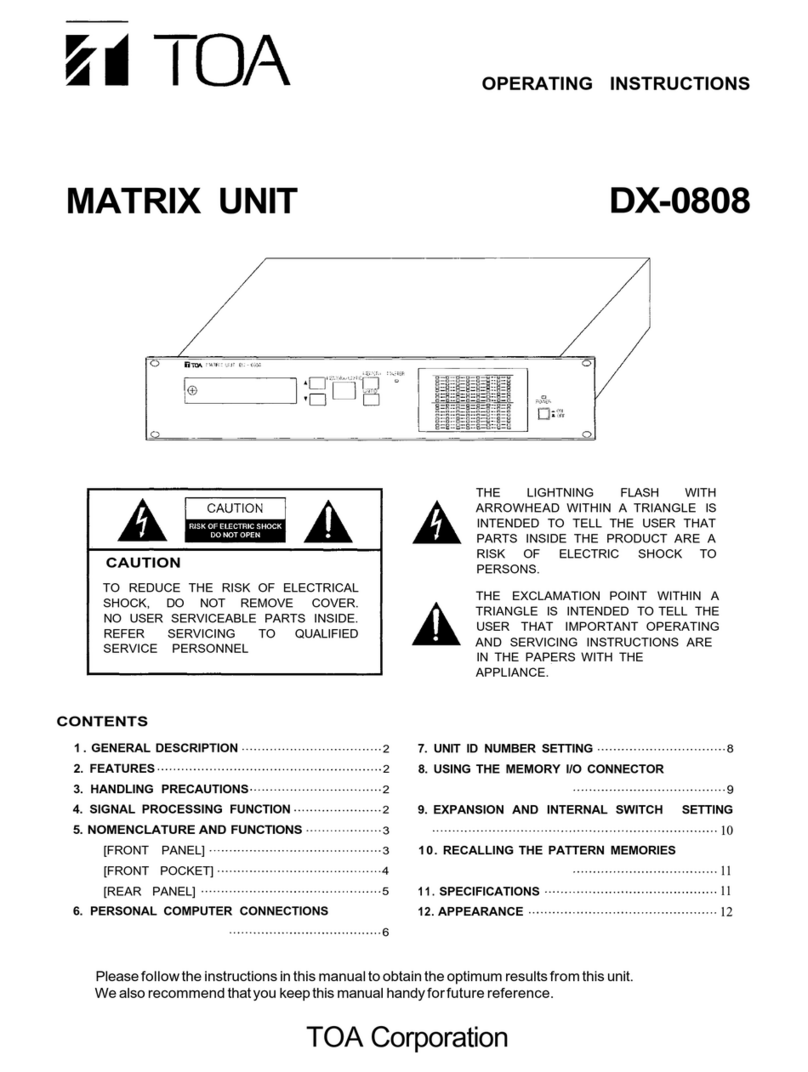
Toa
Toa DX-0808 operating instructions
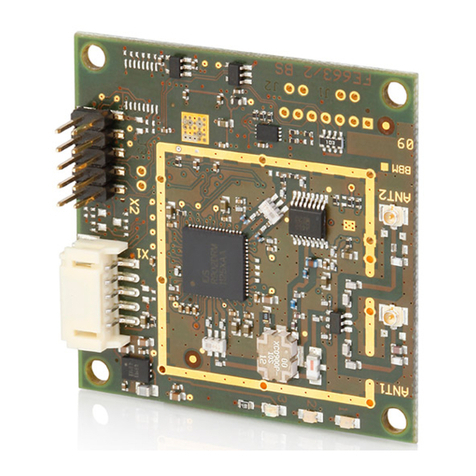
Feig Electronic
Feig Electronic OBID i-scan D ISC.MU02.02 Installation

Keysight
Keysight M9164A Startup and Service Guide

